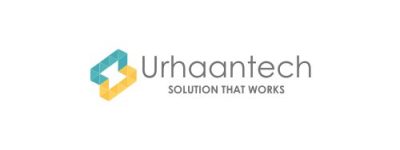Table of Contents
Overview
HR Service Delivery (HRSD) in ServiceNow is a suite of applications designed to streamline and automate HR services across the organization. By leveraging digital workflows, HRSD enhances employee experiences, reduces manual work, and increases the efficiency of HR operations.
Key Features
1. Case and Knowledge Management
- Centralized platform for handling employee inquiries.
- HR agents can create, manage, and resolve cases with predefined workflows.
- Integration with knowledge base articles to enable self-service.
2. Employee Service Center (ESC)
- A unified portal for employees to request HR services.
- Intuitive interface with quick links, knowledge articles, and live chat options.
3. Lifecycle Events
- Automates processes like onboarding, offboarding, leave of absence, and relocation.
- Multiple tasks and approvals coordinated through a single lifecycle event.
4. HR Knowledge Base
- Central repository of HR policies, FAQs, and documentation.
- Categorized and searchable content for easy access by employees.
5. Virtual Agent for HR
- AI-powered chatbot to assist with common HR queries.
- Reduces load on HR agents by resolving routine issues instantly.
6. Employee Document Management
- Secure digital storage of employee-related documents.
- Supports compliance and reduces reliance on physical paperwork.
Benefits
- Improved Employee Experience: Self-service options and faster resolution of requests.
- Operational Efficiency: Automated workflows reduce manual tasks and errors.
- Data-Driven Decisions: Real-time analytics on service trends, workload, and performance.
- Scalability: Easily adapted to support global teams and multiple HR domains.
Typical Use Cases
- Submitting a request for a name change or employment verification.
- Accessing HR policies through the knowledge base.
- Initiating onboarding tasks for a new hire.
- Checking the status of an HR case via the Employee Service Center.
Conclusion
ServiceNow HR Service Delivery transforms traditional HR into a digital-first experience. By centralizing services, automating common tasks, and empowering employees through self-service, organizations can build a more responsive and efficient HR function.

